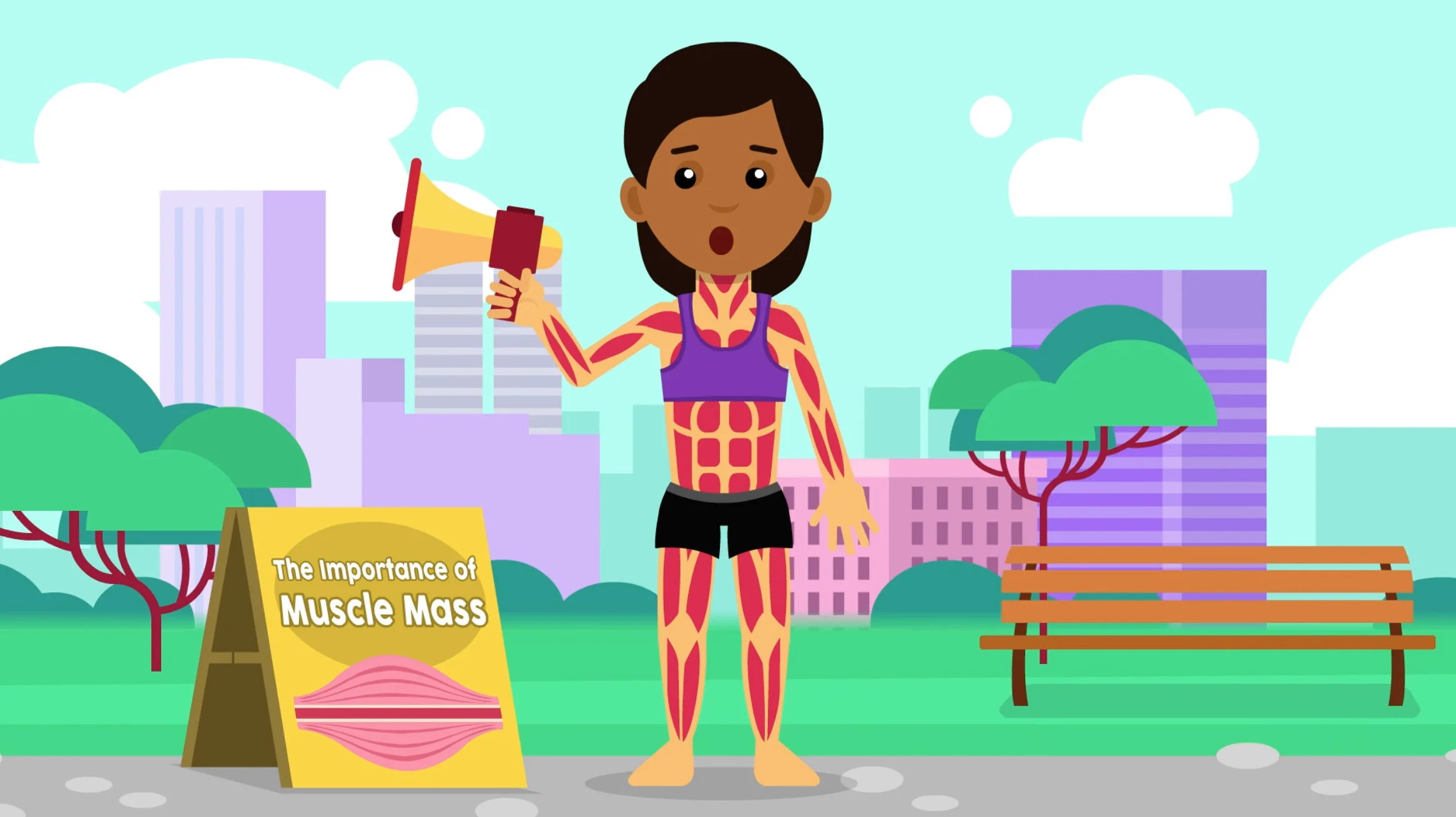Putting Humanity Back in Health Research: A World of Possibilities
Hello Qualitative Mind,
If you’ve been part of the Quali Q community for a while, you’ll know that I’m passionate about disseminating qualitative health research through various means that include but are not limited to academic publications. In my last blog post of 2019, “Because You Care, You Must Share”, I showed a whiteboard video that I created (alongside many collaborators) to disseminate one of my PhD research studies. Because of my experience developing the video, Dr. Carla Prado – a Professor at the University of Alberta, Quali Q client and friend – started consulting with me about the process of developing an animated video. She wanted to create something to disseminate years of her lab’s research about body composition at various health states and ages. Using the key points I shared with her, she went on to develop “The Importance of Nutrition to Prevent and Treat Low Muscle Mass ” which was launched on September 26th, 2020, and a week later had almost 5,000 views!
Although Dr. Prado’s body of work is in clinical nutrition not qualitative health research, she quickly recognized the need and importance of qualitative research methods in the process of engaging with stakeholders, “Stakeholders involved with the video included students from my lab, research participants, patients, government, industry and clinicians from areas outside nutrition. Together, their views were key in the way we wrote the video script and finalized the animation” (Dr. Prado). Not only was the final version research-based but also appropriate in terms of language (e.g., lay terms were used and health conditions were described in a sensible manner) and graphics. The video has been a hit in the world of clinical nutrition and body composition because of all these factors (read more here).
In my opinion, investing in qualitative health research when developing tools (such as videos, info graphics, social media posts) for knowledge translation and patient engagement means putting humanity back in health research. This is something I’m passionate about and one of the banners of Quali Q. The research we strive to conduct with humans about their health, both through qualitative and quantitative methods, can be humanized and made more meaningful to larger audiences by involving those who best understand the issues at stake. In fact, it is a democratic principle that people who are affected by research have the right to have a say in what and how publicly funded research is undertaken and disseminated. So no matter what type and area of research you conduct, keep it in mind that research is increasingly being conducted in response to societal needs.
“Society is increasingly speaking back to science, demanding more relevant, useful, and responsive research”
Qualitative health research can be so powerful in advancing public involvement with, and support for, so many areas of health research. Yes, I do believe that! If you feel uncertain about the impact and potential of qualitative health research, join one of my (FREE) webinars coming up this week and next! I promise you’ll leave motivated and ready to take your research to new places.
Now, if you are curious about the key points I shared with Dr. Prado, here they are:
1. Summarize your research in no more than 250 words for a 4-minute video
2. Use lay language and avoid jargon (if you need to use it, make sure it’s explained in a very accessible way early on in the video)
3. Engage your research participants and desired audience(s) in the review of the video script
4. Engage your research participants and desired audience(s) in the review of the graphics used (be sensitive to factors related to how people are represented by characters)
5. Have the voice over recorded by a professional or someone who has an engaging voice and also relays professionalism
6. Strive for a visually and auditorily pleasing final product, and title it right!
If you have questions about stakeholder engagement, leave a comment below and I’ll be sure to reply with an answer (and possibly feature it in a future blog post)!
Talk soon,
Maira


